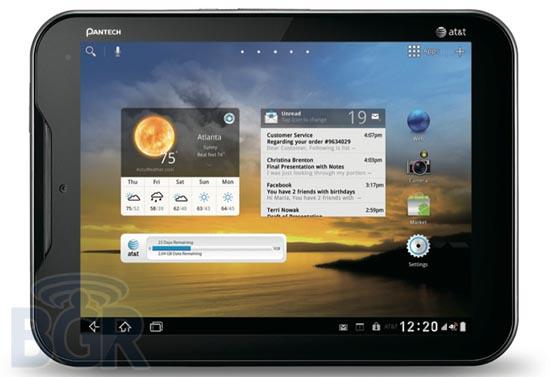
If you’re a marketer, I imagine that at some point in your career you probably assume that you’ve seen all the products that the world has to see. Depending on your place in any particular market, it may seem like each new product is like an old one, and there’s never a break to the monotony. That would make sense to me. And while I don’t imagine that it would be all that much different in the mobile market, at least there’s a lot to market, right? But I can’t help but wonder if sometimes a marketer can get overzealous about a product, and start aiming a bit too high, and perhaps make ineffectual promises that can turn around to bite you.
To me, personally, I think marketing is just as important as the device itself. After all, it’s the way that the general consumer gets to know a phone, or device, and it’s usually the only way that a manufacturer can get any face time with the general consumer before their device is launched. Commercials, advertisements, and whatever else help to get the name out there and the device known, no matter what stage the device currently finds itself: before launch, right at launch, or well after it. It’s all about the perception that the consumer has of the device, and marketers have their work cut out for them when it comes to this.
And while I think retail stores have their own faults when it comes to marketing, that bears down to just the fact I’m a stickler for accuracy and retailers not being lazy. In any event, I think there’s a big push recently in marketing for our mobile phones to promote them about as much as humanly possible in one regard over all others. It makes sense, of course: you promote the features that will attract the most customers, and you focus primarily on that until you get all the customers you need, or want. We saw it with the Motorola DROID RAZR, promoting how thin it was. We saw it with the HTC Rezound, and promoting that gimmick Beats Technology. And with the rare amount of Galaxy Nexus for Verizon commercials out there, we see them promote the Android 4.0 platform.
But, on the flip-side, it can have a bad result, too. For example, while I’ve seen plenty of commercials touting how thin the DROID RAZR is, I’ve also seen just as many commercials and ads promoting how durable and tough the phone is. With that Gorilla Glass, that Kevlar rear cover, and the overall construction of the phone. It’s waterproof and everything else in between. That’s great; it has those features, so there’s nothing wrong with promoting that. But, there’s a point where you may cross the line and suggest that the phone is downright almost indestructible, and that’s where some general consumers may find themselves when they buy the phone. So when they drop it, and it cracks, chaos ensues. Chaos. Or how about the Rezound and its Beats Technology? When someone finds out it doesn’t work as well as it should, or everywhere that the owner might want to experience media? Chaos.
No, that’s a bit over-reaching, but you get my point. And most recently, at least in the form of a rumor, we’ve got Pantech touting a waterproof tablet that isn’t waterproof. Really? It’s a splash-resistant tablet, so why not just market it as such? What, that’s not as exciting? The tablet isn’t a waterproof watch, and I doubt anyone is going to submerge the thing in a pool (at least I hope not), but if you promote it as a waterproof tablet, someone may try, and get angry when they find out just how far the limitations go.
I’m not saying that marketers need to change their strategy, because I believe that we as a people need to show some common sense when it comes to our gadgets, too. However, like I mentioned before, marketers and the advertisements they run for these devices have a lot of impact on the consumer, and more often than not they may just take your word for it. Impact goes a long way, and so does brand. They’re hand-in-hand, more often than not, so when a marketed feature doesn’t live up to the advertised hype, the backlash may be quite loud.